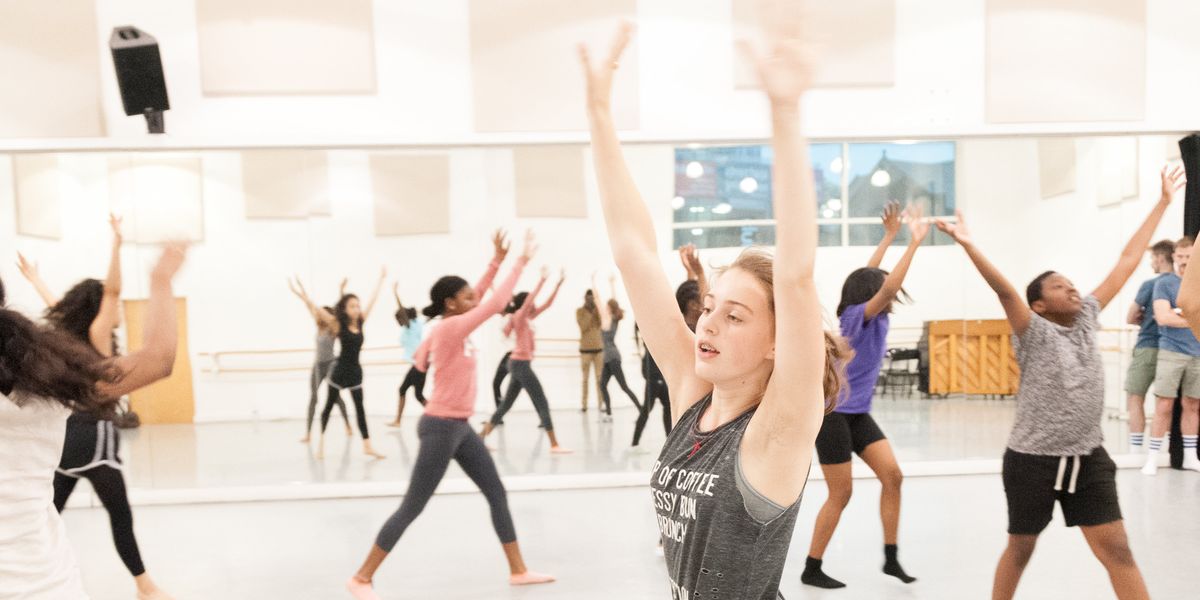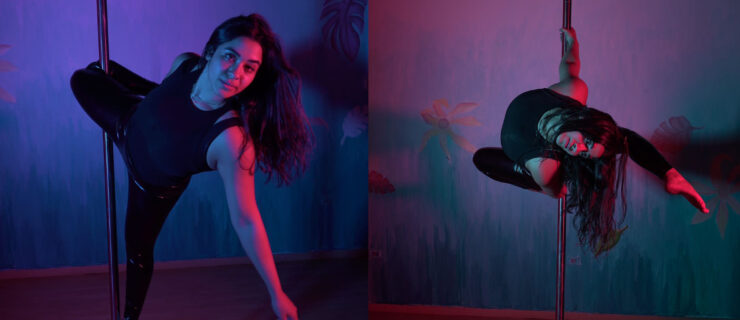Being a Great Dancer Doesn’t Automatically Mean You’re a Gifted Teacher
Recently, I asked fellow dancers on Facebook for a one-word self-assessment of the first class they ever taught. “Chaotic,” “humbling” and “copycat” were just some of their responses. I was not surprised.
For my first-ever class, intermediate ballet for my fellow college students in 2011, I was armed with little more than my own experiences as a student. I certainly wasn’t prepared for all the needs competing for my attention, nor equipped with strategies to differentiate my teaching approach for each student’s learning style. I must have missed that day in technique class.
There is a pervasive idea that if you are a great dancer, you are automatically qualified to teach, whether you have training or experience in education practices or not. There is also an assumption that training to be a dance educator is only valuable if you’re working with children—that you don’t need it when teaching anyone over the age of 16.
The reality is teaching is an art all its own. Just as dancers continue to attend class and condition their bodies, educators need to consistently hone their skills. I learned this over the last decade, while teaching in many different environments: across age groups and economic prosperity levels, beginners through advanced, within and outside of academic institutions, for students with and without disabilities, and around the world.
At first, I learned in the moment, from mistakes, mentors, my students and their parents. My formal coursework began in college with one class: a non-required “directed study” course in dance pedagogy. Eventually, I became certified in the International Baccalaureate curriculum (a concept-driven, interdisciplinary approach used in classrooms worldwide) while running a dance program at an international school in South Korea.

Amber Star Merkens, Courtesy Mark Morris Dance Group
Today, I am the community programs director with Mark Morris Dance Group, overseeing faculty and curricula throughout more than 40 partnerships in New York City. And I still teach modern for The School at the Mark Morris Dance Center. I can now say, with confidence, that I am a good teacher. And teaching well is difficult, so it’s okay that it was hard for me in the beginning. But the question I come back to is: Did it have to be so hard?
What if college students were told that pursuing dance education doesn’t mean giving up on being an artist, but, in fact, supports it? The field seems to understand this in regards to yoga, Pilates or personal training. Dancers invest beyond their degrees to get certified, knowing it can bolster their financial security while also developing deeper understandings of their kinetic interconnectivity—ultimately making them more desirable hires as performers. Training to teach dance effectively would provide similar benefits, though this does not seem to be as explicitly understood.
To be fair, there are excellent degree programs specifically for dance education. Unfortunately, I often see that those students are seen as a little bit less-than—evoking that old trope: “Those who can’t do…”
Each year, Mark Morris Dance Center holds a teaching artist audition, looking for experienced practitioners to join our team. Many recent college graduates apply, and their cover letters are full of excitement to “inspire the children.” Their passion is admirable (and necessary), but they won’t be hired as lead teachers. With degrees from the best dance programs in the country, many are shocked that we ask them to spend at least a year, often several, as assistant teaching artists before they are ready to lead their own classes.

Christopher Setter, Courtesy Mark Morris Dance Group
To help graduates bridge the gap, our 16-week teaching artist training program allows them to assist classes, observe others, take workshops and have personalized advisors. In short, it’s the type of program I wish I’d had before I found myself in charge of a classroom.
We need to recognize as a field that just because no one prepared us before we began teaching, it does not mean we should inflict the same under-preparedness on the next generation. We can do better!
We can start by ensuring dance students understand that teaching artists are a vital part of the community—and then walk our talk by supporting those who pursue this career path.




